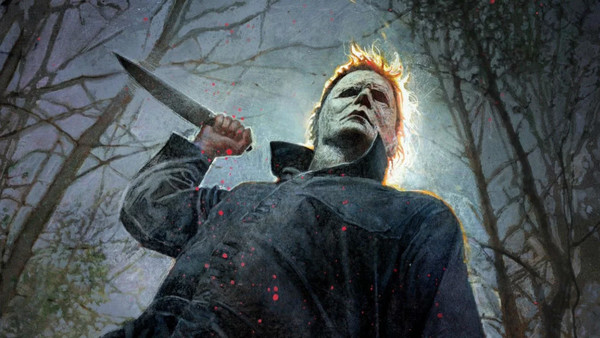What Halloween Kills Means For The Slasher Movie Genre Beyond 2021

With the backing consent from John Carpenter as the film’s soundtrack composer, Gordon-Green and co. took all the right steps in paying respect to Carpenter’s original cinematic vision. It depicted The Shape as a scary force of brutality, more so than he’s ever been before, and critics thus hailed the sequel as a return to form for the exhausted horror series.
Instead of making repeated mistakes like introducing complex plotlines that explore unnecessary backstories (Halloween 6: The Curse of Michael Myers) or favouring crass and tasteless millennial comedy (Halloween Resurrection), 2018’s Halloween instead acted as a sophisticated and stylish nod to the reasons we fell in love with the original 1978 masterpiece. For the new sequel, the stripped-back and atmospheric suspense of Michael’s shadowy stalking was skilfully embraced, and Jamie Lee-Curtis’s Laurie Strode was once again forefronted as a perfectly pitched character study of trauma. More importantly, they finally nailed the design of Michael Myers blank-stare mask. (C’mon, was it really that hard?). Ultimately, the film was everything a 40-years-later franchise sequel could be and should be.
Clearly a lot of things have worked significantly well for this Blumhouse addition, so it is no surprise that the Halloween’s contemporaries of the 70s/80s golden age era have seemingly jumped on Gordon-Green’s fan-service bandwagon too. The franchise legacies of The Texas Chainsaw Massacre, Friday The 13th, and A Nightmare on Elm Street all require a 21st-century second attempt after Michael Bay's remakes were slightly off-key in their trying endeavours to resurrect the likes of Jason, Freddy, and Leatherface. 2003’s Texas remake felt lifeless in its shot-by-shot re-do, 2009’s Friday remake was washed out by its trashy screenplay, and sadly Jackie Earle Harley simply couldn’t live up to Robert Englund’s legendary Krueger characterisation.
Continued on next page...